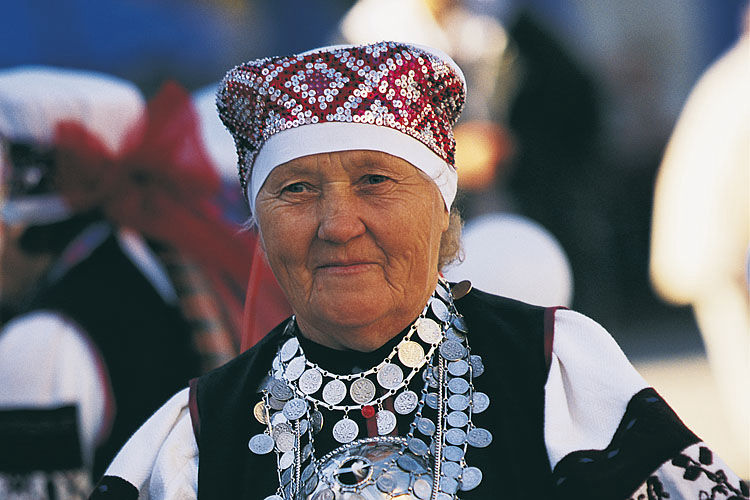
Standing in the grass before an open crescent-shaped stage, I listened as voices rang out, seeming to echo infinitely across the green field. This is laulupidu, the Estonian song and dance festival held every five years since the late 1800s, that preserved national identity amidst German and Soviet occupation. For my first laulupidu, I was surrounded by my immediate and extended family and the songs took me back to when my grandfather would sing to me, “Ants oli vaikne saunamees” (Ants was a quiet sauna man). His voice boom as he sang, vibrating from his belly. He and my grandmother fled Estonia during the war, my grandfather escaping under the cover of nightfall with others in a small boat burdened by far too many people in it, Russians spraying bullets at them into the water. In dire times like these, songs were peaceful protests, a way of resisting the Soviet occupation and of preserving your culture in a foreign land as many Estonians became refugees in the United States.

In photo: Setu lady Source: escane.eu
Songs like these carried Estonia through what has been termed “The Singing Revolution” or the four year period leading up to the Estonian independence from the USSR in 1991. The year I was born, 1989, marked not only the fall of the Berlin Wall in November of that year but also the revolutionary peaceful protest of the Balti Kett or “Baltic Way.” Those in Estonia joined hands with citizens of Latvia and Lithuania, forming a 600km human chain of more than 2 million people in August of 1989 to protest Soviet rule. Estonian cultural beliefs about resistance passed down from my family, which had impacted my own beliefs about the peace process.
3月 9日, 2019年
午前9:30 土曜日, 東京都 (GMT+9)
Estonia, Soviet Union, Peace, Laulupidu
著者について
Kalika Kastein
She earned her Master of Science in Education from Johns Hopkins University. As a certified teacher in the state of Hawaii (U.S.A.) in both Elementary Education and Special Education, she has been teaching and working in educational organizations working towards peace and equity for over five years.
